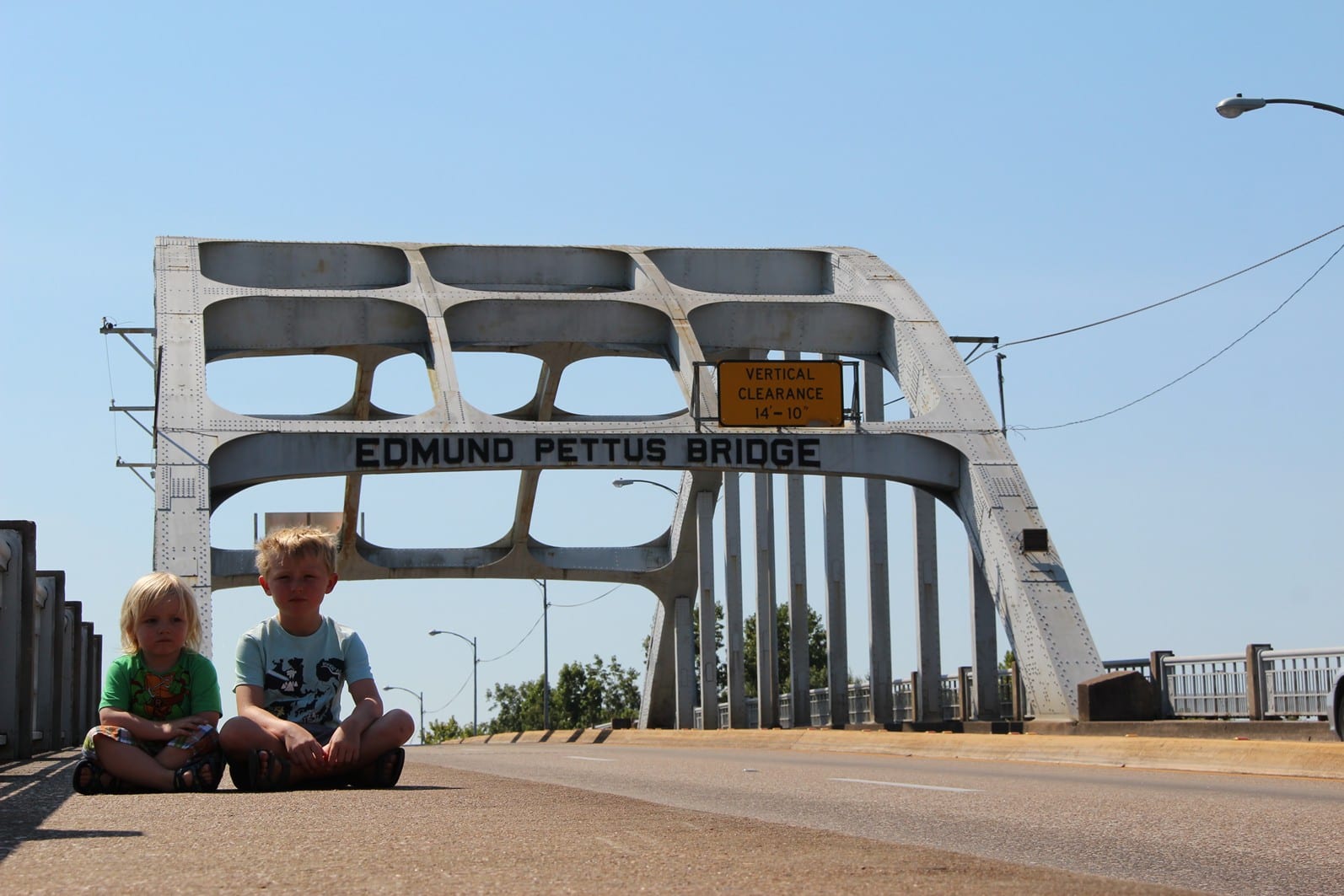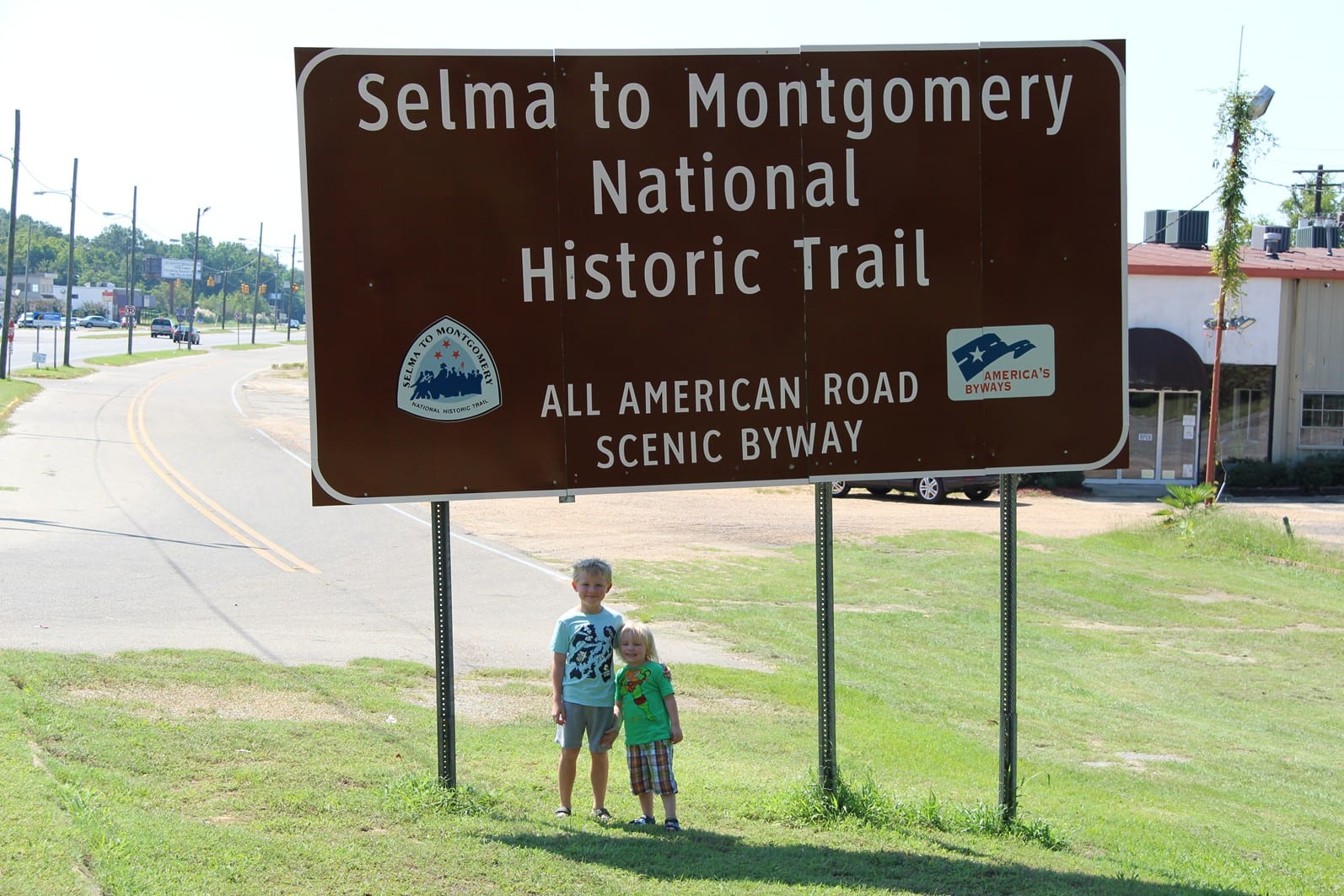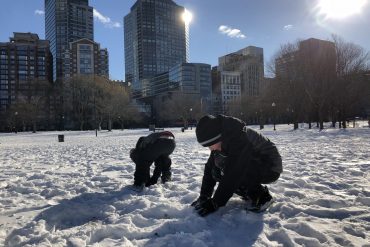

Alabama is a hard state to like. No doubt about it, it is not only struggling to free itself from decades of troubles but also from a generation that is as ignorant as it is aggressive. For the first time anywhere in the States we met racism first hand, deceit, aggression and an uneasy feeling that swept our days to the point we literally could not wait to leave. And when we did leave, normality resumed.
Our first stop was Montgomery, State capitol and part of one of the most significant events in the civil rights battle of the 1960’s.
Alabama
Nestled in the deep south of the United States, Alabama is portrayed as being a tormented state with a tumultuous history of violence, murders and a struggle for equality. Researching the past of this tortured state serves up an incredibly sad tale of an unnecessary struggle that goes against everything humanity stands for. What makes this worse is that this happened not centuries ago, but in the 1960’s. What adds to the incredibility of the whole situation is that the events took place in the Bible belt. A slice of America that lives their lives according to the gospel, that ancient book that preaches equality and kindness and love for all mankind. There must have been an excerpt that I missed in Sunday school that said it applied to everyone that wasn’t black.
I cannot possibly do the civil rights movement justice in a blog post, and I will not even try. But a little history is significant to why we were there, please read this post with an understanding that the Civil Rights movement requires volumes of publications and I urge you to go and read about the struggle. It is as fascinating, as unbelievable as drenched with absolute sorrow and pity. I am going to write the remainder of this post without emotive verbose, but in a way that presents a succinct history that encompasses the belief that everyone should be treated equally.
Civil Rights Movement
Emmet Till was a 14 year old African-American boy who through a series of almost unbelievable circumstances in which he was accused of flirting with a white woman, wound up murdered in the summer of 1955.
African-Americans in the United States had been persecuted and segregated for decades and murders were nothing new. But the brutality of Tills murder shook the community to the core. He had suffered the horrific injury of having an eye gouged out, was beaten almost to death, strangled with barbed wire and then finished off with a bullet to the head. His mutilated and broken was body was dumped in a river.
Tills mother opted for an open casket for her son to show the nation the tragic and brutal end her son had met. Suddenly the community united and began to stand up in numbers for the rights of black Americans. Just 3 months after Tills murder, Rosa Parks famously refused to give up her seat for a white person on a bus in Birmingham. She was duly arrested and ultimately the Montgomery bus boycott began. For over a year Black-Americans in Montgomery refused to catch city buses, instead forcing themselves to walk everywhere. Similar boycotts sprung up around the south and resentment grew amongst white Americans.
For years crusaders such as Malcolm X had expressed frustration and incited protests which often turned violent. Many groups had sprung up fighting for equality and one such man was Martin Luther King. What separated King was not just his innate ability to captivate with his speeches, but his non-violent stance bolstered by his belief in the Lord. Many of Kings speeches are now notorious for being some of the best words ever spoken in support of freedom. Ultimately winning the Nobel Peace Prize, King gained hundreds of thousands of supporters.
In 1965 King received a letter from the Student Nonviolent Coordinating Committee requesting that he come to Selma to aid the struggle for equality in voting. Though Black Americans were allowed to vote, they had to first pass an impossible system of registration which required them to answer questions which were impossible to answer. King responded and non violent demonstrations took place in Selma outside Dallas County courthouse, state troopers used violence to disperse the protesters and ultimately protester Jimmy Lee Jackson was shot dead.
Following the murder, King and the SNCC decided to march from Selma to the State Capitol to speak to the governor. It was Sunday, March 7th 1965 and the march had gained a lot of interest from newscasters. With cameras rolling, the world watched protestors led by King, cross the Edmund Pettus Bridge out of Selma. What happened next would send horror throughout not just the south, but the whole world. Protestors were beaten, kicked, stamped on and over fifty were hospitalized. Americans outside the south had for the first time been exposed to the struggle of Black Americans. Support rolled in from all corners of the nation and pressure on the president to act was increased. King had planned another march to be held on March 21st 1965 and called on anyone that supported the path to equality to attend. The Alabama governer was defiant and ordered his state troopers to again intervene. As a result the President federalized the police taking them out of State control and allowing the march to proceed. Over 4 days the marches walked in brutal heat, young and old to the State Capitol in Montgomery.


As a result of the Selma to Montgomery marches Black-Americans had voting restrictions lifted and were finally given the same rights as their fellow country men and women.
Martin Luther King was assassinated on April 4th 1968 in Memphis, and following his death riots erupted across the United States. A movement had lost its voice.
Fast forward to 2015 and the civil rights movement is not just a touching piece of American History, but a fascinating insight into the struggle of man in what can barely be classed as history. People from that era are still alive today, and that is what makes it more amazing, that all this tragic history happened within some peoples lifetimes.
A visit to Montgomery is to not just witness significant pieces of history, such as the exact spot where Rosa Parks refused to give up her seat, but is also a showcase for the civil war which tore through the south in the 1700’s. America lacks history, but it seems in Montgomery every corner houses a slither of a bygone past such as the State Capitol, or Jefferson’s house, the Rosa parks museum and Union Station. The city proper is easily walkable and though incredibly humid is an amazing peek into a tumultuous history which defined a nation, more than once.
Two parts of Selma have now been designated national parks, one is halfway along the now famous Selma-Montgomery route and serves up (for free) an interesting look into the civil rights movement. Along the same route are four different camp sites where the marches stayed. In Selma itself is a sister NPS museum at the Selma side of the Edmund Pettus Bridge. There is another museum but it costs $8 entrance and the woman that worked there assured me it was the only museum in the area. She was lying. Just cross the bridge and look on the adjacent corner.
Selma retains a lot of character and feels distinctly southern, it is almost unbelievable that as we stood on the bridge that sparked a movement which changed history we watch turtles swimming in the river beneath us. It was so peaceful it was impossible to imagine the significance of where we were. It is only really after leaving, after visiting the museums and reading of the struggles, after visiting the civil rights memorial in Montgomery where the murders of innocent Black-Americans are detailed – That you really start to feel a powerful emotion of the capabilities of other humans. Even now, sometime later, to think that people were treated differently and ultimately murdered due to the colour of their skin. I will never understand that.
We visited many places in Alabama related to the civil rights movement and even found ourselves tracing the Civil War, stopping off at museums and battlefields and really, it should’ve been the perfect tour through history. But from first arriving in the State to leaving we were treated with absolute contempt from every person we dealt with. Even in food outlets we were barked at, ignored, berated and met the worst customer service that I personally have ever experienced anywhere on earth. It is difficult to put into words, but I really felt like Alabama was highly unfriendly, and hated us. It was a real shame as it is such an amazing place in so many ways, but when every time you get food, fuel, drinks etc. you are met with absolute contempt it soon starts to grate. We felt threatened and aggression seemed forever present to the point we felt unsafe at various points during our trip. When we called at our last stop in Alabama; Huntsville Space Centre, we all agreed that we would never, ever return to Alabama.


Please note – Home Towne Suites
Heading to check in to our hotel ‘Home Towne Suits Montgomery’ I was met with a black girl (this is relevant) who stated that there was a shift change and that I had to wait 20 minutes. I sat down and began to wait, literally 2 or 3 minutes later a black man walked in and the same girl checked him in. I was absolutely stunned. She then instantly disappeared and I was forced to wait about 20 minutes. Upon getting to the room there was no crockery or bedding for the sofa bed. When I approached the front desk I was hissed at, eyes were rolled and eventually the woman even shouted at me. It was like nothing I had ever experienced and a sign of what was to come in Alabama. I have to just add, I was absolutely annihilated by bed bugs, kept awake with raucous 4am parties by the pool and when we rocked up for the free breakfast it didn’t exist. We hated the place and when we went to get a refund and leave was met with a sign saying ‘NO REFUNDS’. It was no surprise. Over a million people have used this blog, Booking.com is censored, TripAdvisor too – Remember the name – Home Towne Suites – A racist hotel riddled with bed bugs and aggression – AVOID.





Comments are closed.